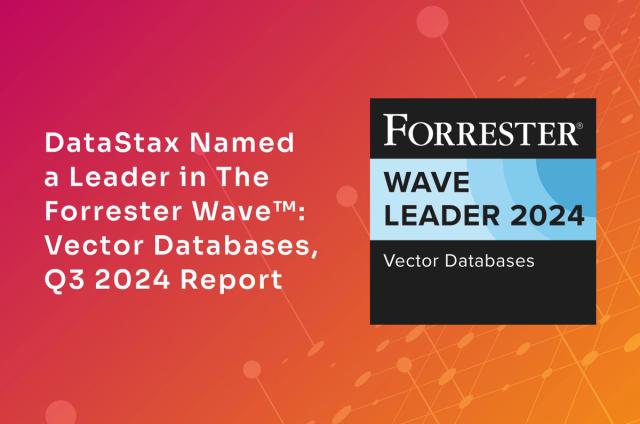5 Reasons Why Serverless is Better with a Serverless DBaaS

Go from code to cloud with an end-to-end serverless platform.
Databases housed in on-premises servers create a number of issues for developers. They are often frustratingly disconnected, don’t readily scale, deploy slowly and cost the organization time, resources, and money. A serverless database-as-a-service (DBaaS) can solve complex issues, reduce workloads, accelerate dev time, and deploy globally on any cloud.
Simply match serverless functions with a serverless NoSQL database. You’ll power up app performance and drive down costs. With autoscaling, invisible ops, and pay-as-you-go pricing, you can accelerate cloud functions end to end—from function to database—and handle structured and unstructured data on your choice of cloud providers.
Today, many organizations are going beyond stateless, compute-only use to harmonize serverless functions and databases. They’re eliminating capacity headaches and improving service availability as well as performance. Many developers working at Venmo, Barracuda, Priceline, and Netflix are discovering big payoffs by stepping up their serverless game.
So, how does it all work?
Start by eliminating infrastructure
Less hardware means more flexibility, functionality, and performance. A serverless database can eliminate the need for a user to manage physical infrastructure or perform database maintenance operations.
Instead of investing time with tuning, backups, specific repairs, compaction, upgrades, or patches, a managed service (serverless DBaaS) frees your organization to focus on speed, performance, and simplified operations.
Working serverless, there’s no maintenance, no hardware to upgrade, and no need to wait for an environment or write additional code. These “invisible” ops also allow automated repair procedures with hourly backs and snapshot storage for 20 days.
Power up function performance
Simple to deploy and with zero required user management, NoSQL APIs reduce data-access code requirements and accelerate performance across functions. They also give developers unparalleled access to just the data they need.
Guaranteed high availability means no need to involve load balancers or fiddle with multiple experimentations. Faster dev time also means reaching the market faster with more flexibility to test and scale new initiatives. Capacity planning becomes a thing of the past as well.
Simplify every step
New database solutions let you connect to data using APIs using your choice of the REST API, GraphQL API, or schemaless Document API to access data and automate operations end to end. You can save time by reducing boilerplate coding with automatically generated data access APIs and prototypes without having to predefine schema and queries.
Devs can use familiar frameworks and languages to automate such tasks as finding the cluster, creating a cluster load, applying security rules, loading data, running the find, and cleaning up the cluster.
As a result, DevOps teams can accelerate software development by including the database as part of the CI/CD (continuous integration and continuous delivery/continuous deployment) process.
Achieve frictionless scalability
Without the ability to automatically provision and deprovision storage capacity, your system is never fully optimized for performance, speed, and cost savings. A serverless design, microservices architecture, multi-tenancy, elasticity, and auto-scaling lets you share resources more efficiently.
You can say goodbye to over-and under-provisioning and instantly scale in or out—on any cloud platform—with the ability to handle petabytes of data with 99.99% uptime.
Imagine scaling reads and writes independently to accommodate read-heavy, write-heavy or hybrid workloads. It’s never been easier to meet the immediate demands on your system. All while eliminating storage guesswork and provisioning headaches.
Pay for what you need to lower costs
The days of overspending are over. Escalating data costs of an “always-on” database negatively impact your bottom line. Eliminating fixed costs can lower them significantly.
Autoscaling features in a serverless database platform allow you to only pay for what you need—and nothing more. This type of auto-scaling design shares resources efficiently across architecture and multiple tenants. For devs and organizations, it can reduce the total cost of ownership up to five times over non-serverless database workloads.
If you want to get started with a serverless database, there’s no better place to start that with Astra DB. With a $300 per year credit, you can begin the exciting journey into serverless today!




